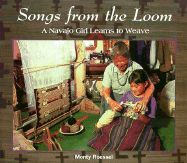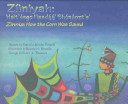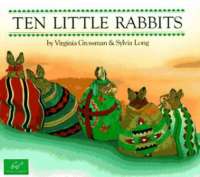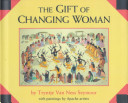
Jaclyn Roessel live in Kayenta, Arizona, on the Navajo reservation. Like most young girls, Jaclyn has many interests. She likes her math class, she plays basketball and volleyball, and she loves in-line skating. She is also interested in rug weaving, and she has asked her grandmother to teach her how to weave. For the Navajos, weaving is more than a craft or hobby. It is an important part of the culture and history of the Dine–the people. Jaclyn’s grandmother has explained that she wants Jaclyn to learn not just the technique of weaving but the stories and songs that go along with it. These stories about Spider Woman and Changing Woman have been passed down from generation to generation. In Songs from the Loom, photographer and writer Monty Roessel accompanies Jaclyn and her grandmother as they shear sheep, gather plants to dye wool, and weave a rug. Navajo rugs are highly valued and hang in museums around the world. This book looks at what the beautiful rugs mean to the Navajos.







